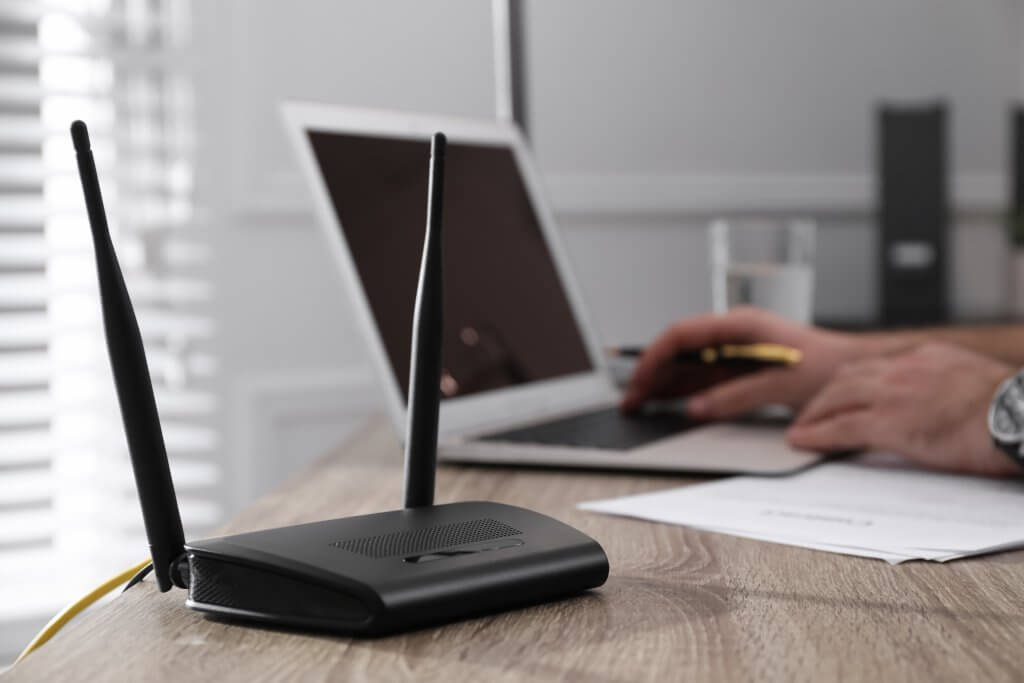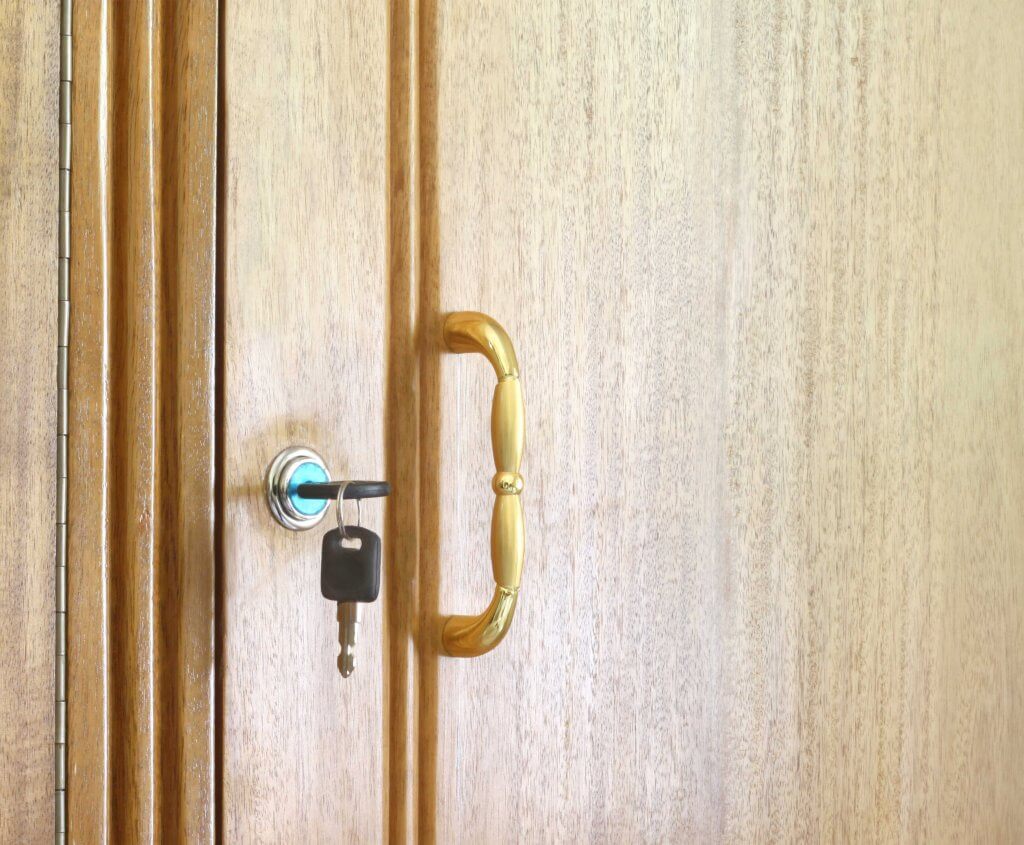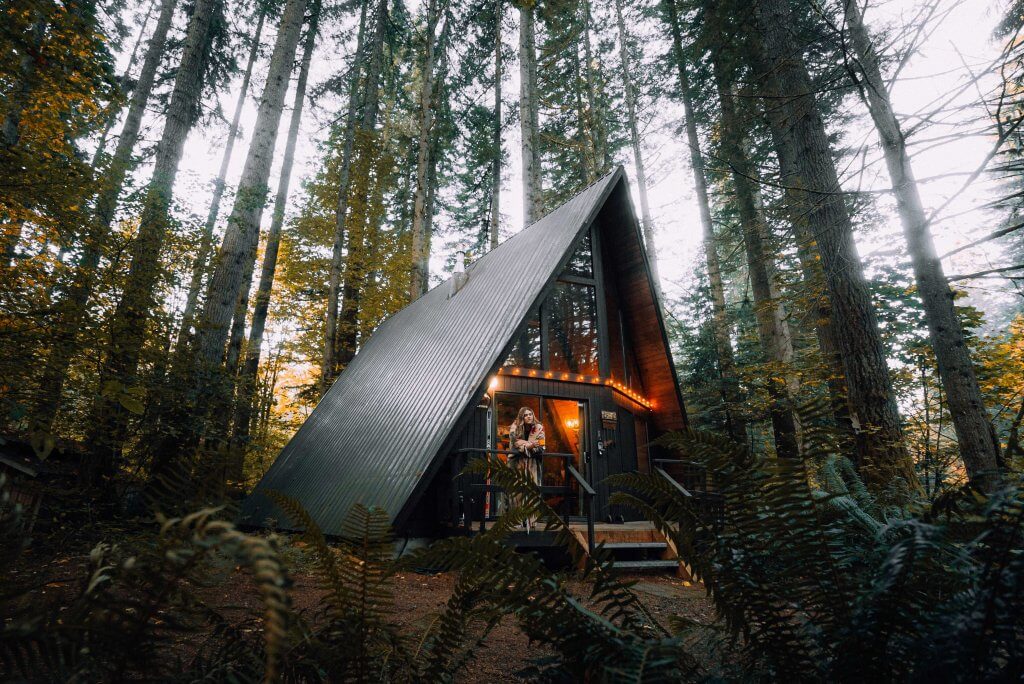Spruce Up Your Vacation Rental With These Beginner Plants
The following houseplants are some of the best options for beginners. They’re low-maintenance and prefer indirect light or low light conditions, making them excellent starters for new plant parents. Of course, if you’re still struggling, you can get professional gardeners to help you out.
Ready to begin your plant journey? Skip the finicky fiddle-leaf fig and choose one of these instead.
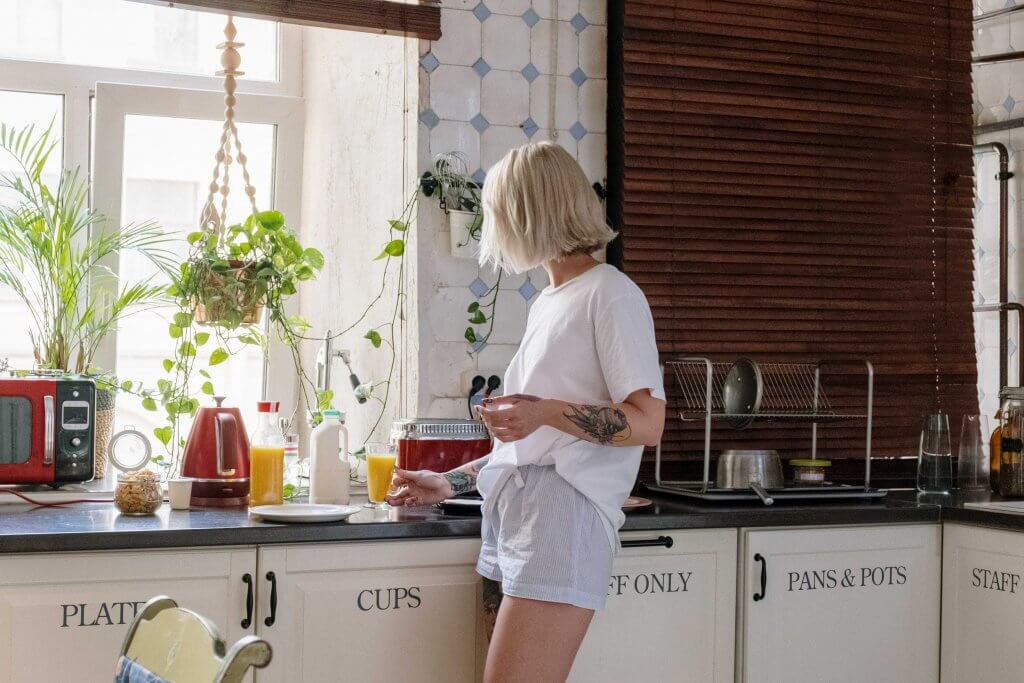
1. Spider Plant
Spider plants are classic houseplants for beginners. They have a reputation for adaptability and difficulty to kill. This indoor plant is great for hosts still developing a green thumb since it’s low maintenance.
One added advantage of a spider plant is that it filters toxins and impurities from the air. It improves the air quality of any room it’s in. It’s also very simple to propagate if your indoor plant starts sprouting little “pups.”
- Botanical name: Chlorophytum comosum
- Sunlight: Bright, indirect light, but will also manage in low light
- Soil: Well-draining potting soil
- Water: Allow topsoil to dry out between watering
- Pet-friendly: Yes
- Notes: Grows particularly well in hanging pots or planters
2. Boston Fern
You may have heard that ferns are difficult to care for, but the Boston Fern is pretty hardy. These large plants are great for indoors and make excellent beginner houseplants. They like morning sunlight with shade from the hotter afternoon rays.
Emphasis on large, by the way — these plants can reach up to three feet wide. Hanging Boston Ferns are excellent privacy screens around windows, although don’t position them anywhere with direct light.
- Botanical name: Nephrolepsis exalta ‘Bostoniensis’
- Sunlight: Partial or indirect sunlight
- Soil: Light, well-draining soil with a pH of 5-5.5 (e.g., one part potting mix to one part peat moss)
- Water: Prefers moist soil
- Pet-friendly: Yes
- Notes: A humid environment keeps this plant happy
3. Succulents
Succulents such as the Haworthia or aloe vera plant are great for a first-time plant owner. The dark green Haworthia, for example, are slow growers, so they’re perfect for on-the-go hosts who don’t visit their property on a regular basis.
Aloe, meanwhile, is a fast-growing plant that can mature in three to four years. It likes producing “pups” that you can use to propagate new aloe. Note that it is toxic to animals.
- Botanical name: n/a
- Sunlight: Direct sun to medium indirect light
- Soil: Coarse, fast-draining soil
- Water: Keep on the dry side, but do not allow to dry completely
- Pet-friendly: Depends
- Notes: Overwatering can cause root rot, while underwatering can cause brittle roots
4. Snake Plant
The yellow-edged, variegated, deep green leaves of a snake plant are easily recognizable. These plants work well whether they’re on your patio or in an office. Snake plants are very hardy houseplants, both easy to care for and hard to kill.
The snake plant was previously classified as a Sansevieria but had too many common features with Dracaena plants. It’s now the Dracaena trifasciata and is also known as the St. George’s Sword.
- Botanical name: Dracaena trifasciata
- Sunlight: Bright light to moderate indirect light
- Soil: Sandy, well-draining potting soil
- Water: Drought-resistant and is susceptible to overwatering
- Pet-friendly: No
- Notes: Easy to propagate while repotting
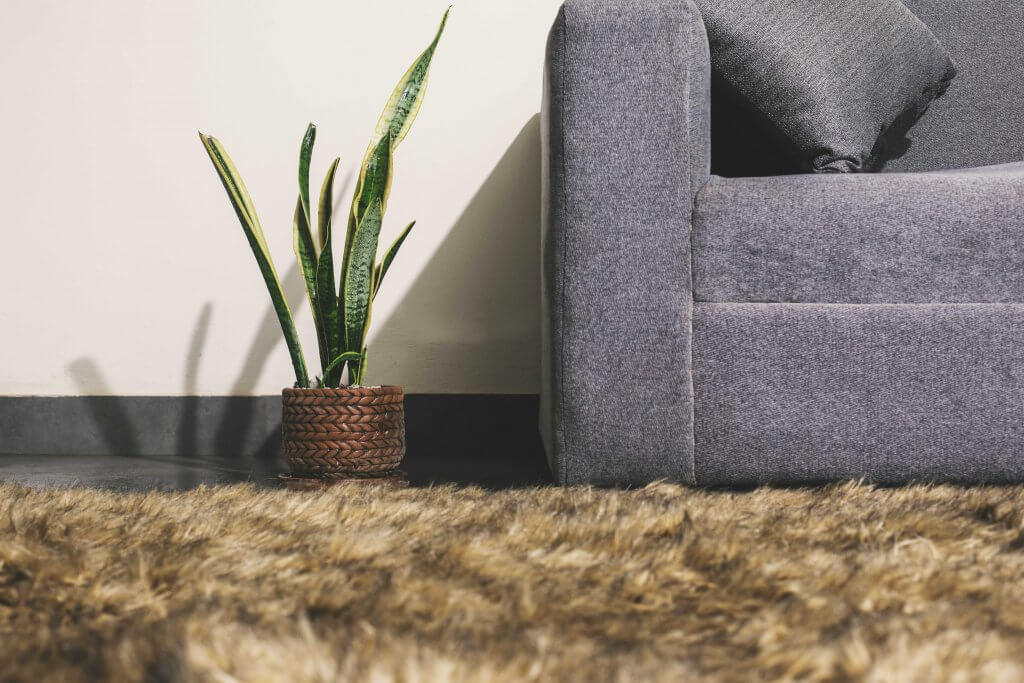
5. Peace Lily
Peace lilies are tropical plants, with glossy leaves and striking white flower stalks. At maturity, they can be one to three feet tall as indoor plants. They grow moderately fast, reaching maturity at around three years.
The plants flower in springtime, with white or yellow blooms. They grow best in temperate climates that don’t get too cold in winter. Peace lilies aren’t very susceptible to pests, so you can mostly let them thrive on their own.
- Botanical name: Spathiphyllum wallisii
- Sunlight: Bright, indirect sunlight to partial shade
- Soil: Rich, loose potting soil
- Water: Prefer being underwatered, so wait for the top inch of soil to dry
- Pet-friendly: No
- Notes: Somewhat sensitive to cold, can tolerate being root-bound
6. Golden Pothos
Even if you forget to water your plants, the Golden Pothos will forgive you. It’s a trailing vine with heart-shaped leaves that sometimes feature variegations. They love to trail, so they’re perfect for hanging up on shelves and cabinets.
Pothos grow very quickly, adding about one foot every month if particularly healthy. They don’t cling to trellises and supports on their own, but you can train them to twine.
- Botanical name: Epipremnum aureum
- Sunlight: Likes direct light but will still thrive in partial shade
- Soil: Neutral to acidic, well-draining soil
- Water: Keep soil moist but don’t overwater
- Pet-friendly: No
- Notes: Can tolerate low light or fluorescent lighting
7. Herbs
If you’ve ever dreamed of having a row of little potted herbs on the windowsill of your vacation rental’s kitchen, here’s your sign to get started.
Many herbs, such as lavender or basil plants, are very good for a first-time plant parent. They make low-maintenance houseplants when grown indoors.
Some excellent herbs for beginners include:
- Basil
- Chives
- Mint
- Lavender
- Cilantro
You can grow them in individual pots, or start a herb garden in a planter. Just make sure the herbs you grow together are ideal for companion planting and don’t conflict with nutrient needs.
- Botanical name: n/a
- Sunlight: Most need direct sunlight, but will tolerate partial shade
- Soil: Well-drained potting mix
- Water: Water about once a week in the mornings
- Pet-friendly: Depends
- Notes: Prune and pick buds and edible parts regularly to encourage more growth
Beginner Plants for Pet-Friendly Vacation Rentals
It’s important to note that some of the plants we’ve suggested — such as the snake plant, peace lily, and lavender — are toxic to pets. Other beginner-friendly plants, such as the ZZ plant and Jade plant, are also harmful to our furry friends. These plants cause mouth and stomach irritation when consumed, which may lead to vomiting and sickness.
If you own a dog, you may be able to keep these plants so long as they’re well out of your furry friend’s reach. For cat owners, however, our curious feline explorers can get onto shelves and cabinets. This means toxic plants are a straight-up no-go.
If you list your Airbnb as pet-friendly, make sure you prep well beforehand and choose plants that are safe for animals.

Get Growing
And that’s our list of the best beginner houseplants for vacation rentals. There are other easy indoor plants out there, but these are some of our favorites.
To all first-time plant parents out there, good luck and get growing.
This blog was written by Lawn.com.au, Australia’s most convenient lawn care and gardening service. You can get an instant quote, book a service, and manage your bookings online. Our professional gardeners will have your yard looking pristine.





